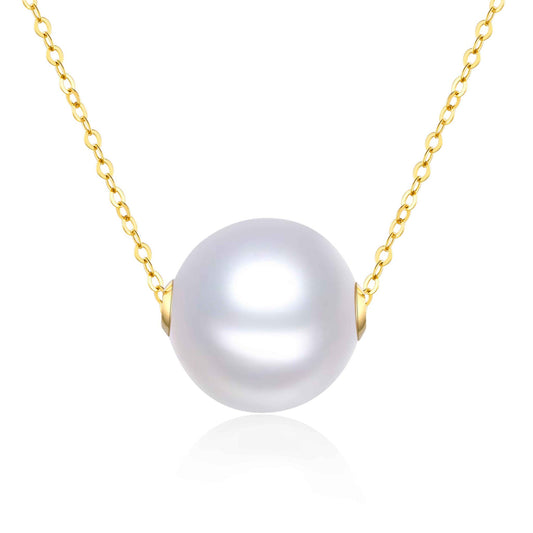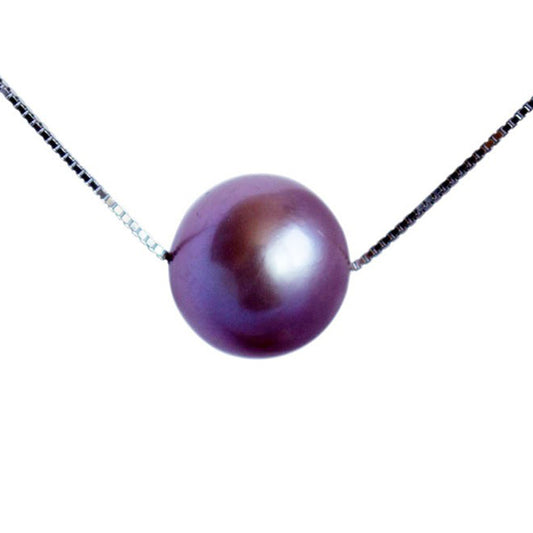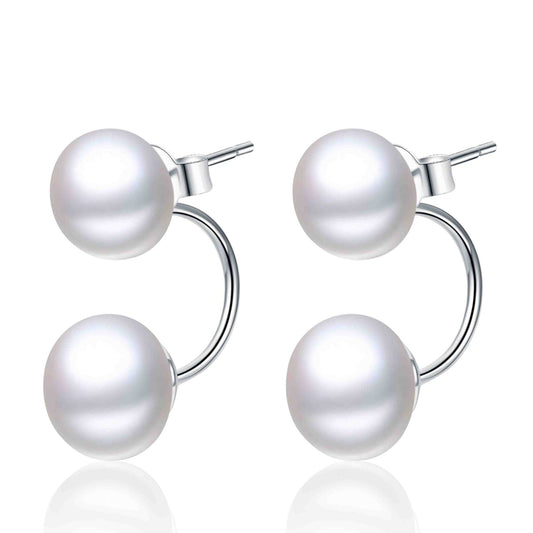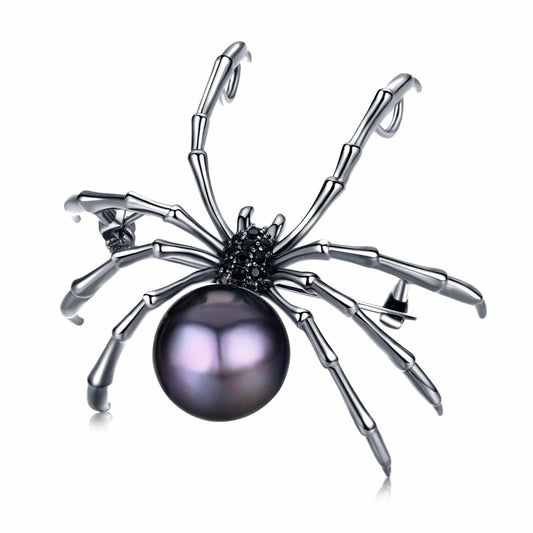Pearls share the title of June birthstone with two other gems: Moonstone and Alexandrite. Birthstones make great birthday and anniversary gifts because they are personal and thoughtful. Birthstones are also the perfect gift for a girl’s first piece of jewelry.
Let’s have a look at the different birthstones for June.
Alexandrite
Alexandrite is a very rare and expensive gem that is part of the chrysoberyl family. It changes color depending on the light; in daylight it is green and in artificial light it is a purplish red. It’s a very hard gem, only surpassed in hardness by diamonds, sapphires, and rubies.
Alexandrite is a fairly new gem compared to the other gems on the list, and there aren’t many myths surrounding it like other stones. It was only discovered in 1839 in Russia – on the birthday of Czar Alexander II after whom Alexandrite was named.
Alexandrite is mainly found in Sri Lanka. There are also synthetic versions available on the market. These are man-made stones with the same physical, optical, and chemical properties.
Moonstone
Moonstone is a common gem found in rocks. They come in a variety of colors, including green, blue, peach, and champagne. They show a floating play of light, called adularescence, and sometimes reflect a multi-rayed star and other times a cat’s eye.
Moonstones were named by the Roman natural historian, Pliny. Pliny believed that the appearance of the stone altered with the phases of the moon, a belief which was held well into the 16th century. Moonstones are considered sacred in India, and the Romans believed the image of Diana – goddess of the moon – is enclosed within the stone.
The best moonstones are found in Sri Lanka.
Pearl
Pearls are natural gems formed inside living sea creatures. Unlike other gems, pearls don’t need to be polished and cut to reveal their natural beauty. The first pearls were found over 4,000 years ago; they have a rich history with many myths and legends surrounding them. Tudor England in the 1500’s was known as “the pearl age” due to the popularity of pearls with the upper class during this period.
Pearls are mostly white, but they come in a variety of colors ranging from black, green, peach, and lavender.
Pearls are found throughout the world in both saltwater and freshwater bodies. Since the 1920’s, most pearls on the market are cultured pearls, not natural, and today, most cultured pearls stocks come from China.
Where Do Birthstones Come From?
Gemstones are prized by almost all cultures around the world. Many major civilizations valued gems, including the Greeks, Egyptians, Romans, Incas, Aztecs, Persians, Tibetans, and Indians. According to legends, wearing the designated gemstone during its assigned month will magnify its healing powers and even protect the wearer.
A short history of the origins of birthstones:
- 40 AD: According to the Jewish historian, Titus Flavius Josephus, the jewels in the priest Aaron’s breastplate had a special connection to the 12 months and 12 zodiac signs. He and his fellow historians couldn’t agree which stones were originally used in the breastplate.
- 1870: Tiffany and Co published a pamphlet with a list of birthstones.
- 1912: The National Association of Jewelers officially adopted a birthstone list to standardize the system and to add more affordable and readily available gem options to the list.
- The list was again updated in 1952 and 2002.
If you’re considering buying jewelry for someone’s birthday this month, make your gift personal with pearl jewelry.




